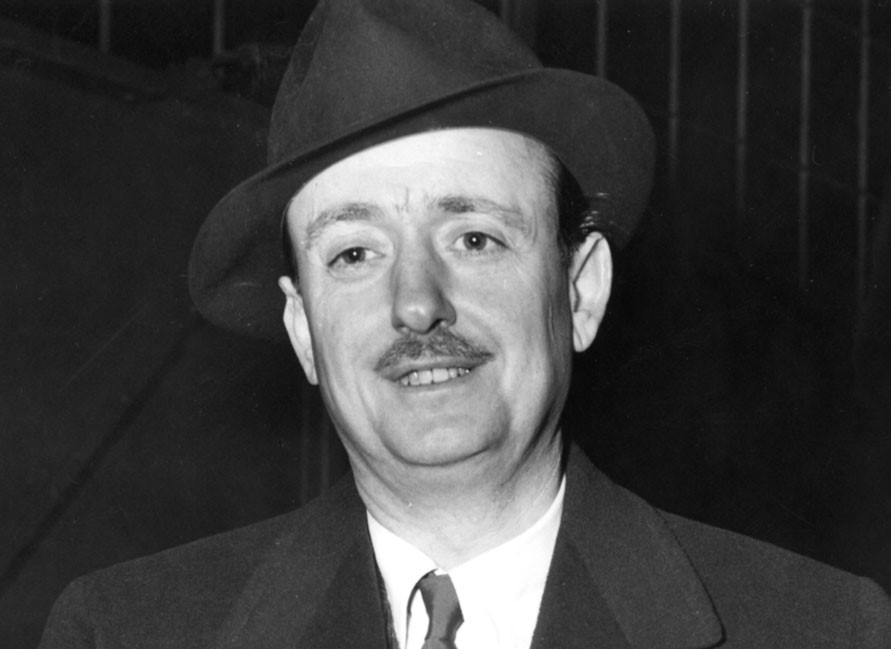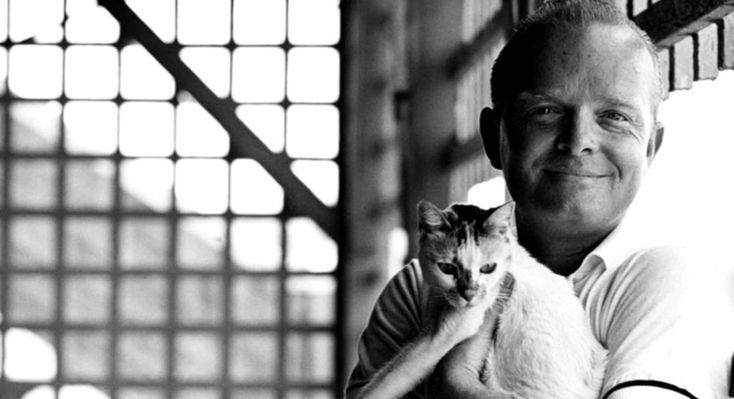Общественное животное: введение в социальную психологию - Эллиот Аронсон
Книгу Общественное животное: введение в социальную психологию - Эллиот Аронсон читаем онлайн бесплатно полную версию! Чтобы начать читать не надо регистрации. Напомним, что читать онлайн вы можете не только на компьютере, но и на андроид (Android), iPhone и iPad. Приятного чтения!
Шрифт:
Интервал:
Закладка:
284
Rosenberg, M.J. (1965). When dissonance fails: On eliminating evaluation apprehension from attitude measurement. Journal of Personality and Social Psychology, 1, 28–42.
285
Linder, D.L., Cooper, J., & Jones, E.E. (1967). Decision freedom as a determinant of the role of incentive magnitude in attitude change. Journal of Personality and Social Psychology, 6,245–254.
286
Goethals, G., Cooper, J., & Anahita, N. (1979). Role of foreseen, foreseeable, and unforeseeable behavioral consequences in the arousal of cognitive dissonance. Journal of Personality and Social Psychology, 37, 1179–1185.
287
Bern, D.J. (1967). Self-perception: An alternative interpretation of cognitive dissonance phenomena. Psychological Review, 74, 183–200.
288
Jones, R.A., binder, D.E., Kiesler, C.A., Zanna, M., & Brehm, J. W. (1968). Internal states or external stimuli: Observers’ attitude judgments and the dissonance theory — self-persuasion controversy. Journal of Experimental Social Psychology, 4, 247–269. Piliavin, J.A., Piliavin, 1.M., Loewenton, E.P., McCauley, C., & Hammond, P. (1969). On observers’ reproduction of dissonance effects: The right answers for the wrong reasons? Journal of Personality and Social Psychology, 13, 98–106.
289
Fazio, R., Zanna, M., & Cooper, J. (1977). Dissonance and self-perception: An integrative view of each theory’s proper domain of application. Journal of Experimental Social Psychology, 13, 464–479. Ronis, D., & Greenwald, A. (1979). Dissonance theory revised again: Comment on the paper by Fazio, Zanna, and Cooper. Journal of Experimental Social Psychology, 15, 62–69. Fazio, R., Zanna, M., & Cooper, J. (1979). On the relationship of data to theory: A reply to Ronis and Greenwald. Journal of Experimental Social Psychology, 15, 70–76.
290
Pallak, M.S., & Pittman, T.S. (1972). General motivational effects of dissonance arousal. Journal of Personality and Social Psychology, 21, 349–358.
291
Zanna, M., & Cooper, J. (1974). Dissonance and the pill: An attribution approach to studying the arousal properties of dissonance. Journal of Personality and Social Psychology, 29,703–709.
292
Bond, С. (1981). Dissonance and the pill: An interpersonal simulation. Personality and Social Psychology Bulletin, 7, 398–403.
293
Mountain West Research, Inc. (1979). Three Mile Island telephone survey. Preliminary report on procedures and findings, report submitted to the U.S. Nuclear Regulatory Commission (NUREG CR–1093).
294
Newsweek, April 16, 1979, pp. 93, 35. CBS News-New York Times Poll, The New York Times, April 10, 1979, pp. 1, 16.
295
Axsom, D., & Cooper, J. (1981). Reducing weight by reducing dissonance: The role of effort justification in inducing weight loss. In E. Aronson (Ed.), Readings aboufthe social animal (pp. 181–196). San Francisco: W.H. Freeman.
296
Stone, J., Aronson, E., Grain, A.L., Winslow, M.P., & Fried, C.B. (1994). Inducing hypocrisy as a means of encouraging young adults to use condorns. Personality and Social Psychology Bulletin, 20, 116–128.
297
Dickerson, C.A., Thibodeau, R., Aronson, E., & Miller, D. (1992). Using cognitive dissonance to encourage water conservation. Journal of Applied Social Psychology, 22, 841–854.
298
Johnson, L.B. (1971). The vantage point: Perspectives of the presidency 1963–69. New York: Holt, Rinehart and Winston.
299
Reagan, R. (1990). An American life (p. 405). New York: Simon & Schuster.
300
Newsweek, April 28, 1986, p. 22.
301
Rousseau, J.-J. (1930). Thesocial contract and discources. New York: Dutton. Рус. пер. с франц. — Руссо Ж.-Ж. О причинах неравенства. СПб., 1907.
302
Freud, S. (1948). Beyond the pleasure principle. London: Hogarth Press and Institute of Psycho-Analysis. Рус. пер. с нем.: Фрейд 3. По ту сторону принципа наслаждения. — В кн.: Фрейд Зигмунд. «Я» и «Оно». Труды разных лет. Книга 1. Тбилиси: 1991.
303
Freud, S. (1959). Why war? (letter to Albert Einstein, 1932). In E. Jones (Ed.), Collected papers (Vol. 5, p. 282). New York: Basic Books.
304
Storr, A. (1970). Human aggression. New York: Bantam.
305
Kuo, Z.Y. (1961). Genesis of the cat’s response to the rat. In Instinct (p. 24). Princeton, NJ: Van Nostrand.
306
Eibl-Eibesfeldt, I. (1963). Aggressive behavior and ritualized fighting in animals. In J.H. Masserman (Ed.), Science and psychoanalysis, Vol. VI. Violence and war. New York: Crune and Stratton.
307
Scott, J.P. (1958). Aggression. Chicago: University of Chicago Press.
308
Lorenz, K. (1966). On aggression. (M.Wilson, trans.). New York: Harcourt, Brace and World. Рус. пер. с нем. — Лоренц К. Агрессия (так называемое «зло»). М.: Изд. группа «Прогресс». «Универс», 1994.
309
Berkowiti, L. (1989). Frustration-aggression hypothesis: Examination and reformulation. Psychological Bulletin, 106, 59–73.
310
Hunt, G. Т. (1940). The wars of the Iroquois. Madison: The University of Wisconsin
Прочитали книгу? Предлагаем вам поделится своим отзывом от прочитанного(прослушанного)! Ваш отзыв будет полезен читателям, которые еще только собираются познакомиться с произведением.
Уважаемые читатели, слушатели и просто посетители нашей библиотеки! Просим Вас придерживаться определенных правил при комментировании литературных произведений.
- 1. Просьба отказаться от дискриминационных высказываний. Мы защищаем право наших читателей свободно выражать свою точку зрения. Вместе с тем мы не терпим агрессии. На сайте запрещено оставлять комментарий, который содержит унизительные высказывания или призывы к насилию по отношению к отдельным лицам или группам людей на основании их расы, этнического происхождения, вероисповедания, недееспособности, пола, возраста, статуса ветерана, касты или сексуальной ориентации.
- 2. Просьба отказаться от оскорблений, угроз и запугиваний.
- 3. Просьба отказаться от нецензурной лексики.
- 4. Просьба вести себя максимально корректно как по отношению к авторам, так и по отношению к другим читателям и их комментариям.
Надеемся на Ваше понимание и благоразумие. С уважением, администратор knigkindom.ru.
Оставить комментарий
-
 Гость Светлана23 ноябрь 13:52
Как раз тот случай, когда героиня кроме раздражения ничего не вызывает. Читала другие книги Майер и ощущение, что писал кто -то...
Ты еще маленькая - Кристина Майер
Гость Светлана23 ноябрь 13:52
Как раз тот случай, когда героиня кроме раздражения ничего не вызывает. Читала другие книги Майер и ощущение, что писал кто -то...
Ты еще маленькая - Кристина Майер
-
 Гость Евгения17 ноябрь 16:05
Читать интересно. Очень хороший перевод. ...
Знаки - Дэвид Бальдаччи
Гость Евгения17 ноябрь 16:05
Читать интересно. Очень хороший перевод. ...
Знаки - Дэвид Бальдаччи
-
 Юлианна16 ноябрь 23:06
Читаю эту книгу и хочется плакать. К сожалению, перевод сделан chatGPT или Google translator. Как иначе объяснить, что о докторе...
Тайна из тайн - Дэн Браун
Юлианна16 ноябрь 23:06
Читаю эту книгу и хочется плакать. К сожалению, перевод сделан chatGPT или Google translator. Как иначе объяснить, что о докторе...
Тайна из тайн - Дэн Браун










